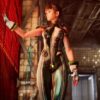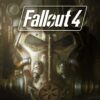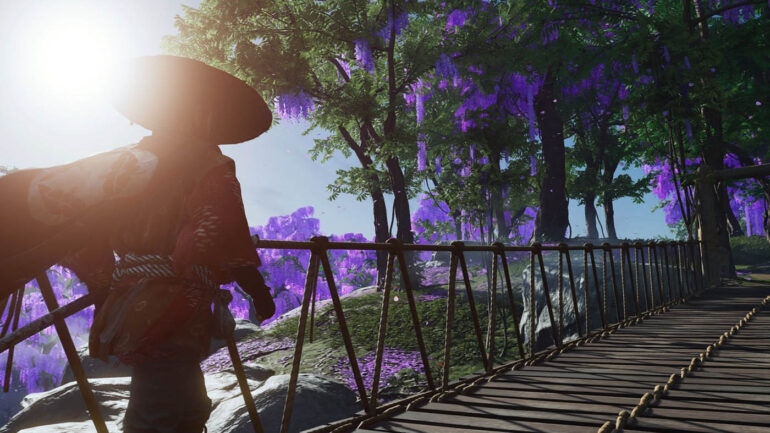Almost a month ago, PlayStation and Sucker Punch Productions announced Ghost of Tsushima Director’s Cut – a massive new update to last year’s critically-acclaimed PlayStation exclusive. On top of adding a host of new updates to the game itself when it arrives on August 20, the Director’s Cut will also bring with it a substantial story expansion set on the brand-new island of Iki as well as a native PlayStation 5 version that adds support for DualSense features and enhances the game’s visuals and 3D audio support.
To find out more about what we can expect from both the Iki Island content, the new PS5-specific upgrades and what went into crafting brand new experiences and challenges for both Jin Sakai and the player we were fortunate enough to speak to and Senior Staff Writer, Patrick Downs, as well as Creative/Art Director, Jason Connell, from Sucker Punch Productions.
Would you mind telling us a little bit about the Iki Island expansion and where it fits within Jin Sakai’s journey in the main game?
Patrick Downs: It came about as we had some time to kind of reflect on the main game after the launch, and then start to kind of kick around ideas that we felt were exciting and compelling to expand Jin’s story, and this one clearly rose to the top and that’s what became Iki. And what we’re trying to do there is, one, tell a story that deepens our understanding of Jin Sakai as a human being, as a character, the traumas and the struggles he went through as he became a samurai. And then two, we wanted to tell a story that would deepen our understanding of the main game’s story in various ways.
The third thing we were really interested in is creating this new island, Iki Island, and really making it a counterpoint to Tsushima. So you know, Tsushima, although it’s been invaded by the Mongols, it’s traditionally been a stronghold for the samurai. Iki Island, the way we imagined it, has been a haven for pirates and smugglers and raiders. So it was an interesting kind of mix to say, “Okay, now we’re going to send the samurai, Jin, over to this island that isn’t necessarily going to welcome him in the same ways, or at least think about him in the same ways that a lot of people on Tsushima did.” So that was the overall aspect of the story that really compelled us. That’s the story we wanted to tell.
We’ll be able to access the expansion as of Act Two of the main game – but approaching the expansion from the latter stages of the game, maybe for those who have completed it, can you play it just the same way?
PD: Yeah, absolutely. That was a conscious decision for us to design a story that would work well whether you’re coming to Ghost of Tsushima for the first time and you immediately want to play it at the start of Act Two, or you’ve played all the way through the game, maybe even two or three times in NG+. That the story would be equally compelling, for the player and for Jin, whether or not they’ve completed that main story yet. And if they have, it’s still going to resonate.
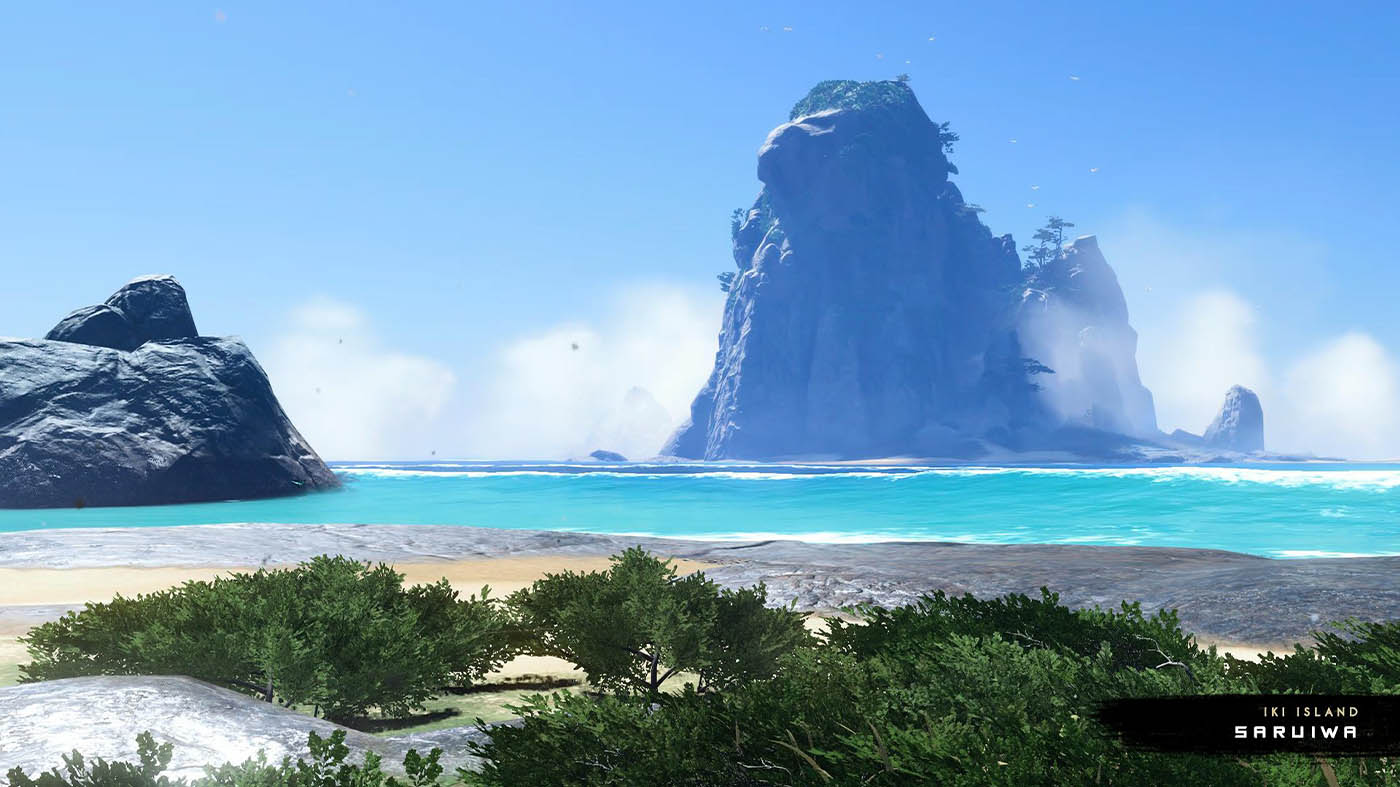
Will Jin be able to travel freely between Iki Island and the rest of the map once you’ve gained access to it? Or is it more of a closed-off area that you need to commit to?
PD: There’s a certain point in which you can travel back and forth. Early on, you have to do some things – Iki is a tough place for a samurai – but once you’re able to, you can go back and forth freely. And that’s again by design, we want this to be intertwined with the main game and not feel like a closed-off little bubble universe. It’s part of the same world.
Whilst the game already got quite dark at times, how would you describe the impact of the pandemic on the themes of Iki Island in comparison to the game you shipped a year ago?
PD: When we were looking at stories that we wanted to tell [there was] this idea of Jin, like all of us, having to go through trauma, having to go through difficult times and then emerging on the other side, maybe not healed, but you can at least see the prospect for healing. That was something that resonated with us emotionally. And we just figured, well, the whole planet has been going through this so it’s gonna resonate with our players as well. So that kind of fed into our creativity, in terms of telling the story, in addition to just being a challenge developmentally. That’s really a testament to the resilience and the flexibility and adaptability of our team, to be able to ship Director’s Cut under these conditions. This team continually amazes me, to be honest.
Ankhsar Khatun and her followers represent a very different threat to what we’ve seen before, what inspired you and the team to create this new group?
Jason Connell: The biggest inspiration, I think, is a little bit of what Patrick was just talking about, that it’s a counterpoint. It’s a different flavour when you’re over there. We didn’t want that to just be a visual flavour or a musical flavour, we really wanted it even at the encounter level to be a flavour change. So the enemies and the types of enemies that you fight are going to be new, and you’ll have to figure out ways to fight them, they’re going to be flavour changes. I think that’s an important part because they support this “Eagle” and her vision. And so they’re as cryptic and as different as she is, in a lot of ways.
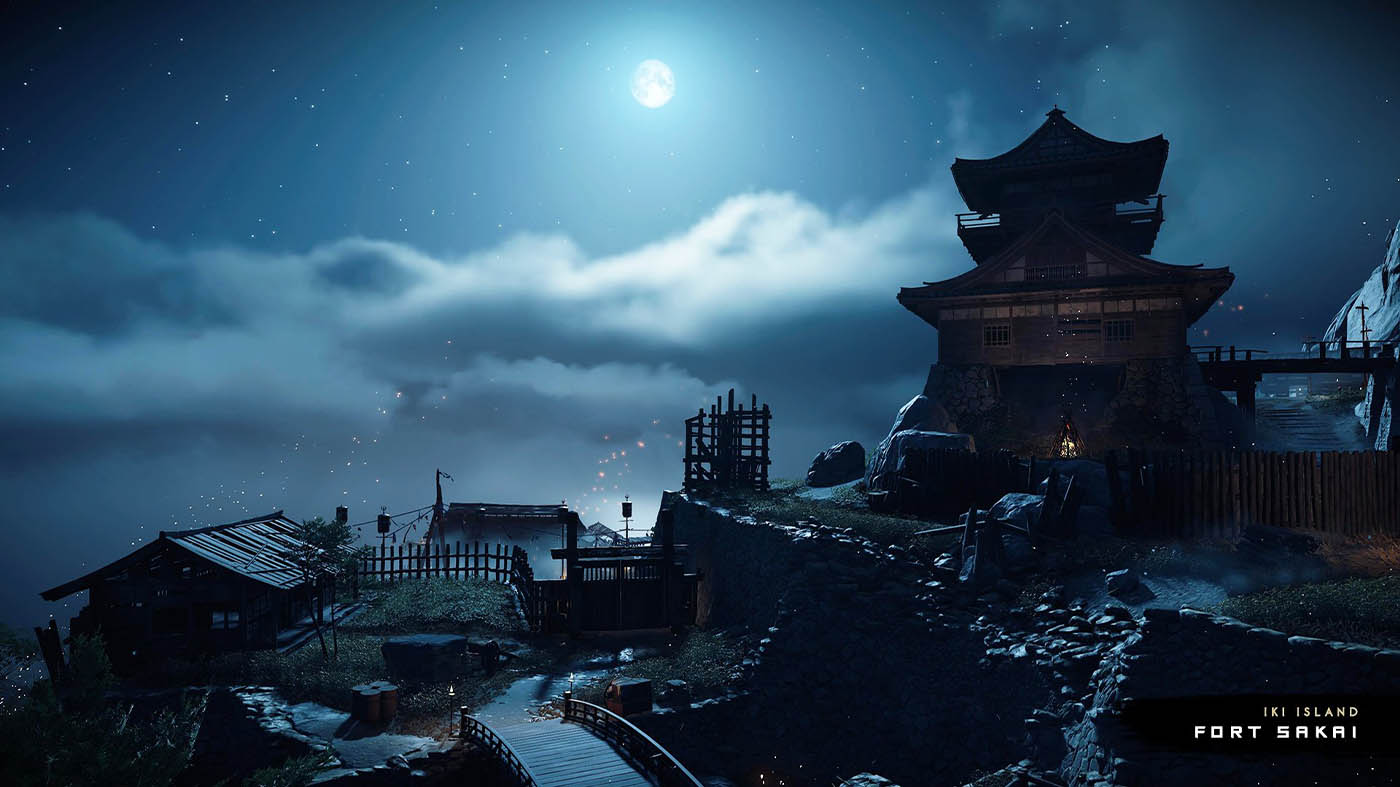
Can you tell us about what sort of new abilities and gear Jin might acquire to combat these new enemies?
JC: Without giving it all away, what I will say is that there are some new skills and some new abilities. There’s some things that we lean into a little bit more that we’re pretty excited about. We quite like our Mythic Tales that we had in Tsushima, so leaning into something like that, this game is going to be very rewarding and fun. Also we lean into nature as sort of a theme. We had foxes in the base game, but there are more types of animals, I think about three more in total in this one for you to experience.
And now we have actual horse armour, as well as a Horse Charge ability that kind of scatters guys out of the way and you can use it every now and then and it’s quite cool. You can see it in the trailer – it’s pretty exciting, it gives a whole new use to riding your horse through an area. I’m using it as an actual weapon, which is very exciting. So yeah, we have a number of things that we’re not talking about quite yet, but that should be really exciting to our players when they jump in.
What can you tell us about the landscape of Iki, and what secrets and side quests and activities might await players on the island?
JC: I will say that if one were to do research on Iki, you’ll notice this fascinating rock sculpture that’s a real place. As soon as you see that it’s just shrouded in mystery, like, how did this thing come to be? I think that so much of the experience has that little bit of that “shrouded in mystery” feeling. So some of the art that we put into this place, for one, we created a new biome that’s just, like, ivy covered over everything. It’s lost and forgotten. What was the history? It’s just gone. That’s kind of that “shrouded in mystery”. There’s other areas where we use these beautiful wisterias, I think that was actually shown in our trailer too, it’s poetic and beautiful but it has this unknown to it that’s really alluring. So we’re really excited about how some of those pieces kind of connect together.
How long do you expect it’ll take players to complete the Iki Island expansion?
PD: The way to think about it is that the size of Iki and the content, you know the breadth and depth, is analogous to an act in the main game. So if you think of the first region, Izuhara, it’ll have that variety and depth of content, and playtime, of course.
Petting foxes was one of people’s favourite things to do in the base game, was that popularity and online virality the reason you’ve added so many more animals in the expansion?
JC: Yeah, you know, people like our foxes! Foxes are cool, the birds are cool. There’s this spirituality that we built with Jin and his connection to his home and it’s by way of, you know, the wind guiding him and some yellow bird coming around and showing him some cool content. It serves two purposes. One, it serves a purpose that’s like, “Hey, there’s a lot more to the game than just the awesome combat, right?” There’s a whole bunch of other stuff in this game, if you choose. Maybe you’re an open world player and this is an interesting way to get you to go find content, and an interesting way to experience content.
And then I think the other one is just deepening that connection with Jin and the environment and maybe even with you and the environment. It’s very exciting because that’s what you’re really wanting in a big open world game. You want people to fall in love, you know, with not just their story, but maybe their surroundings and to be a little bit more one-to-one with their adventure.
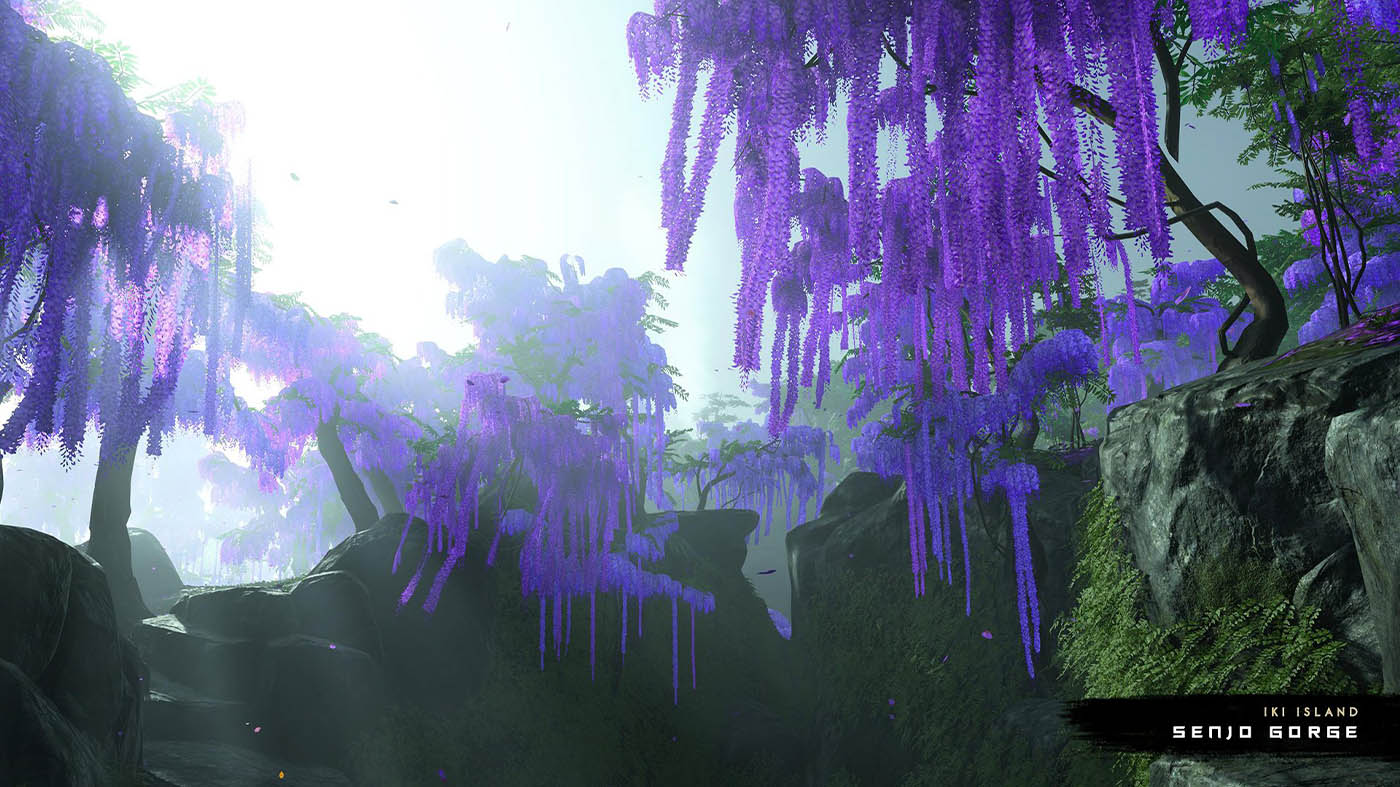
How does the Director’s Cut of Ghost of Tsushima utilise PS5-specific features like the DualSense and 3D Audio and how does that elevate the experience over the PS4 version?
JC: Definitely you’re going to get that DualSense [support], and that means you get the haptic feedback, you get the adaptive triggers. You know, it’s a samurai game and you have a four-foot razor blade – you hit somebody with that and we do a lot to make that feel good – now we have another tool to make it feel good. So that’s incredible. And certainly, we spent a lot of time on our audio mix and our weather effects to make you feel like you’re in this beautiful landscape. So when it’s raining, with that 3D audio you don’t just hear kind of a general pitter patter. You actually feel like it’s hitting the ground somewhere beneath your feet, there’s actually some spatial feeling.
That’s pretty incredible, I’ve never experienced that before. And I think that that really elevates just the base experience by quite a lot. It feels like you’re just there more, which, you know as game designers, I think that’s what we always want.
The newly added Japanese lip sync that was announced has been made possible thanks to the cutscenes playing in real time on PS5. Can you explain what the limitations were with the PS4 and making that work?
JC: We very much explored it. We wanted that, on the PS4, in the base game when we were charting towards finishing that one up, but due to our technical constraints, due to the way that we were making our cutscenes and frankly due to logistical and time constraints – those things combined sort of didn’t make that a reality for us, but we really wanted it. So when we had the opportunity to go make this Director’s Cut, make the PS5 version available, we got to revisit this and it was very exciting for us.
I think the very first thing that we had people working on was getting that technology going because we knew it’d actually be a lot of work, getting our cutscenes all to be real time so that we could utilise this tech for our audience that really wanted this. And we know they wanted it so while we were maybe disappointed that we couldn’t have it in the earlier base version, we’re super happy that we were able to get that pipeline working and get it up and running on this PS5 version.
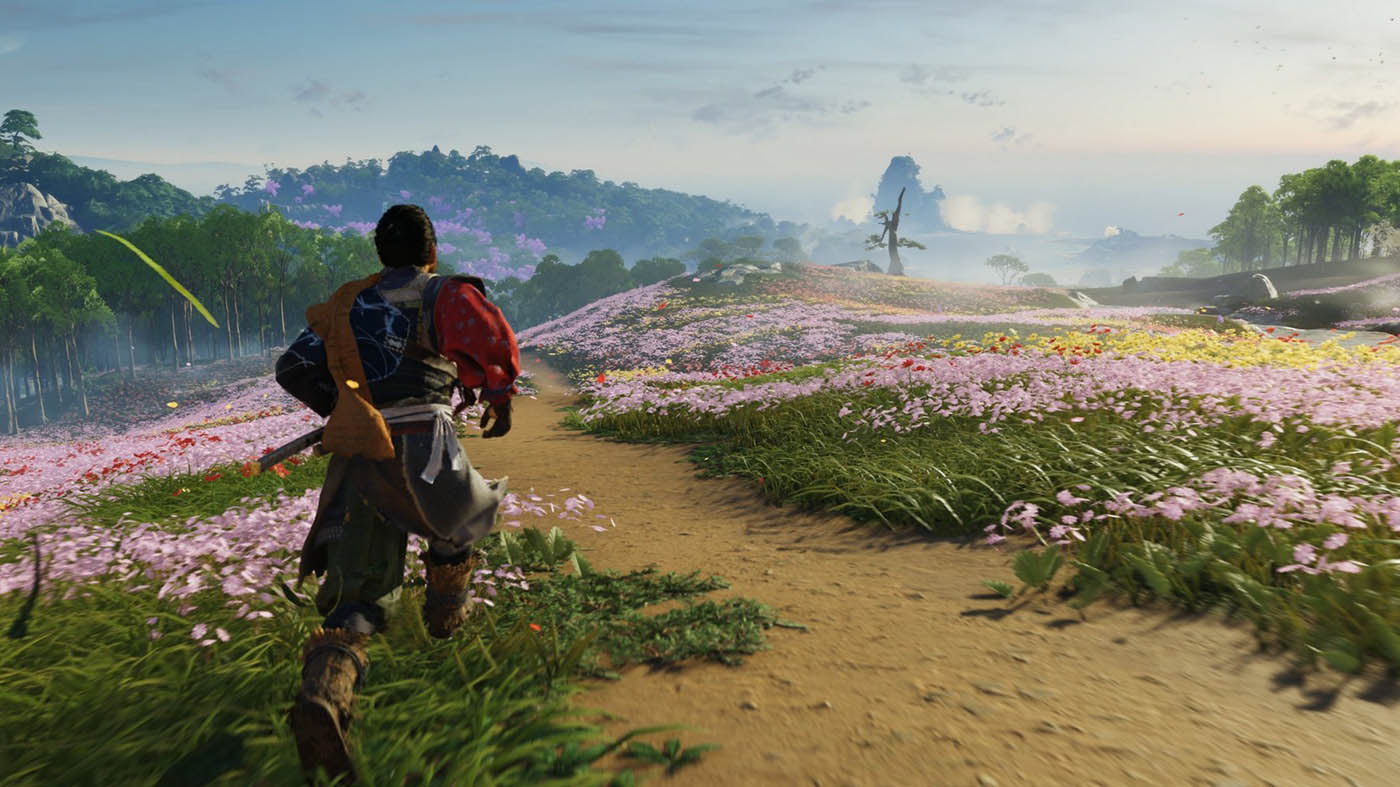
A lot of fans are wondering where the decision was made to charge for the PS5 upgrade and frame it within the context of this Director’s Cut, where some titles have had free upgrades on new consoles. Can you shed any light on why that is?
JC: The thing that I think is important for people to know is that, those features that make it so specific to the PS5, we didn’t just work on those as a generic hardware upgrade, they are fully enveloped into the Iki expansion and Jin’s experiences on Iki. They were really tightly connected to one another. So that’s kind of the reason why we didn’t look at them as kind of separate. We really wanted those two to sing together. And that’s the base reason why.
You’re adding the ability to hide the quiver in-game, which was supposedly in response to one serial tweeter? What’s the story there?
JC: I know myself and Andrew, who’s our Communications Director, and Sucker Punch, we all got a series of it from someone/people/a group, I’m not sure. But it was just a very commonly requested thing. And it’s not that it was incredibly difficult, right? It just took some time and there’s a whole bunch of stuff you’ve got to make. Honestly, it’s kind of a blessing though, right? You make a game that people care about so much that, literally, this feature doesn’t do much of anything other than impede them from being the visual representation of what they want to be. I think that’s awesome. I think it means we’ve succeeded in some capacity, that people want to look a certain way and they don’t want to have that quiver on their back. Now they can turn it off, and maybe they’ll be ecstatic about that.
We celebrated the game’s one year anniversary recently and we’ve seen people loving the game, sharing their favourite clips, photos and experiences. After all this time, what does Ghost of Tsushima mean to you?
JC: In a lot of ways, I can’t imagine it going any better. It was so positive. I wake up every day and I check Twitter and somebody’s posted a picture of the art that they’ve created and cinematography or something they’ve created with the Photo Mode tools, or maybe even sometimes actual hand-drawn artwork of Jin. I mean, creating a new IP is really hard. It’s hard to penetrate that world full of other awesome, crazy cool ideas. So I’m just happy that that didn’t last for like two weeks, it lasted literally a year, and people are still excited about it. So that means that we get to deepen the story and provide a new experience and people are excited about that. I don’t think I could ask for anything else. I’m just thankful.
PD: Yeah, I would second that completely. It’s an honour and a privilege just to see how people have embraced the game and made it their own. As an aside, one thing that’s particularly moved me is I worked on a character called Yuriko and so many people have reached out and either written in public or just kind of messaged me privately saying, “Thank you, because I went through this with, you know, a grandmother and this helped me deal with that and understand it better.” That blew me away, that really touched me to my core.
I think that’s what we’re always trying to do with our characters is write characters that give you all the action and adventure and excitement and deliver all of that, but also really touch a place in people that resonates with them emotionally or reminds them of an experience they’ve been through or helps them get through an experience that they’ve had. That’s just been amazing to me, actually.
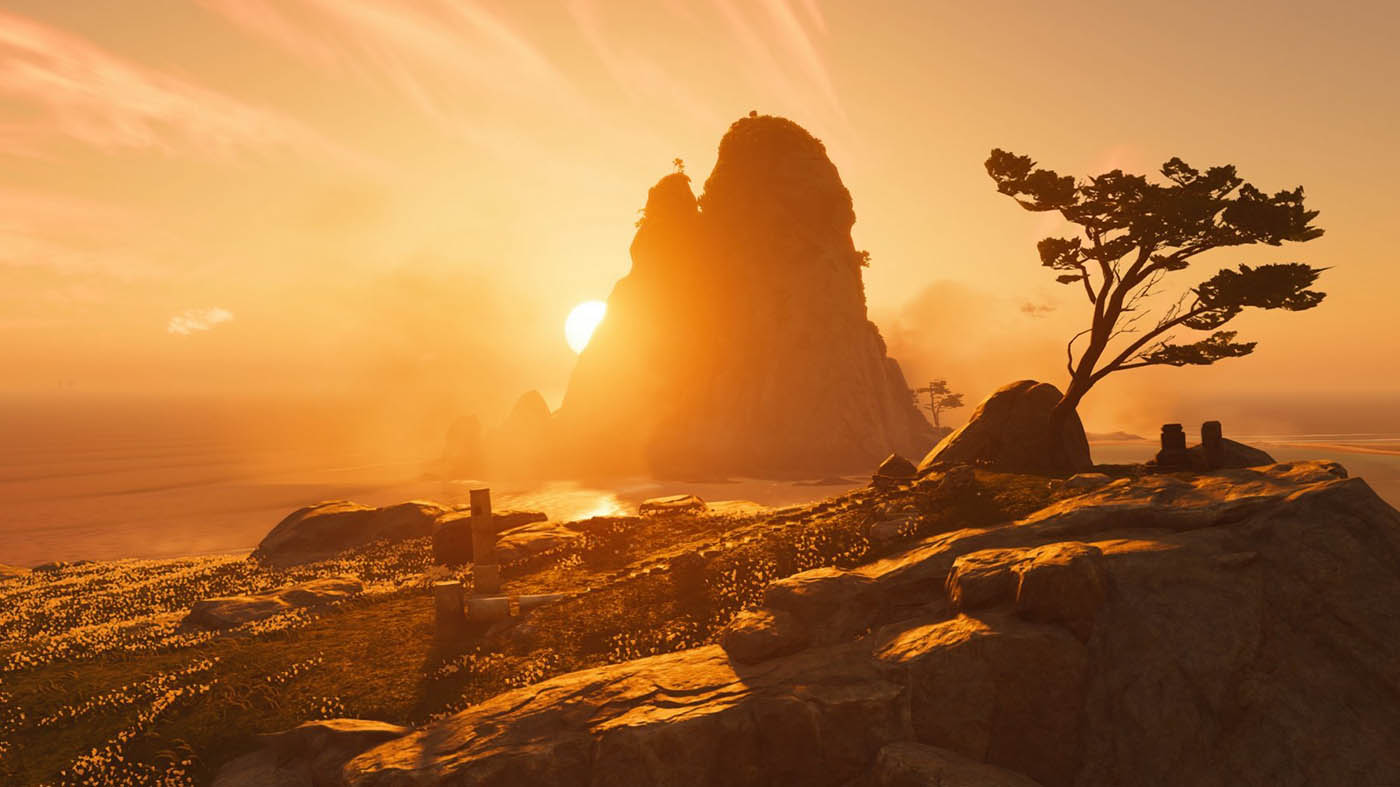
Ghost of Tsushima Director’s Cut will release on August 20th for PS4 and PS5. It will include the Iki Island expansion on both consoles, and on PS5 it’ll also include a new Japanese lip sync option, new DualSense features, enhanced 3D audio as well as drastically improved load times and an improved resolution and frame rate. Ghost of Tsushima Legends will also be getting new updates including a brand new mode, with more information to come on that at a later date.
If you already own Ghost of Tsushima on PS4, you can upgrade to the Director’s Cut on PS4 for $29.95 AUD, with the upgrade already available to pre-order on the PlayStation Store. While the PS5 Director’s Cut upgrade isn’t available on the store as of writing, you’ll be paying roughly $30 USD (approx. $40 AUD). If you don’t own the base game, Ghost of Tsushima Director’s Cut will be $109.95 AUD on PS4 and $124.95 AUD on PS5.
We gave Ghost of Tsushima an 8.5/10 in our review and said: Ghost of Tsushima might be built from the same stuff as its AAA, open world contemporaries, but that doesn’t stop it from being one of the best open world experiences of the generation. Sucker Punch has set its samurai fantasy apart by presenting players with a beautiful world that is rewarding to explore, with many mysteries to uncover. Jin’s story is a compelling tale pulled from the pages of the epics, and it’s just one of many that the game has to offer. The game isn’t perfect, but it’s not often I spend upwards of 50 hours playing an open world game to total completion and immediately want to jump back in, even if it’s just to sit and watch the breeze roll by.
